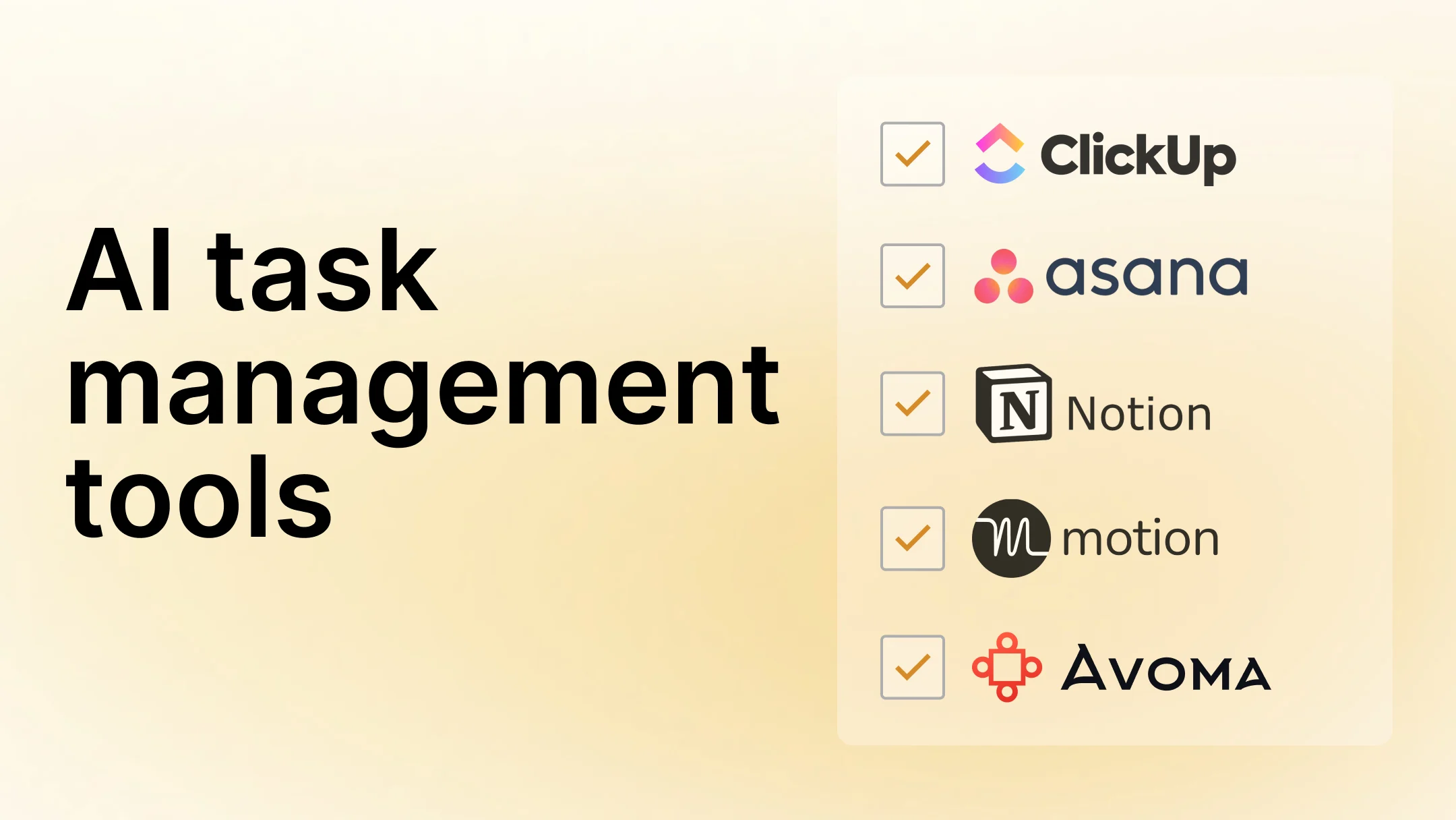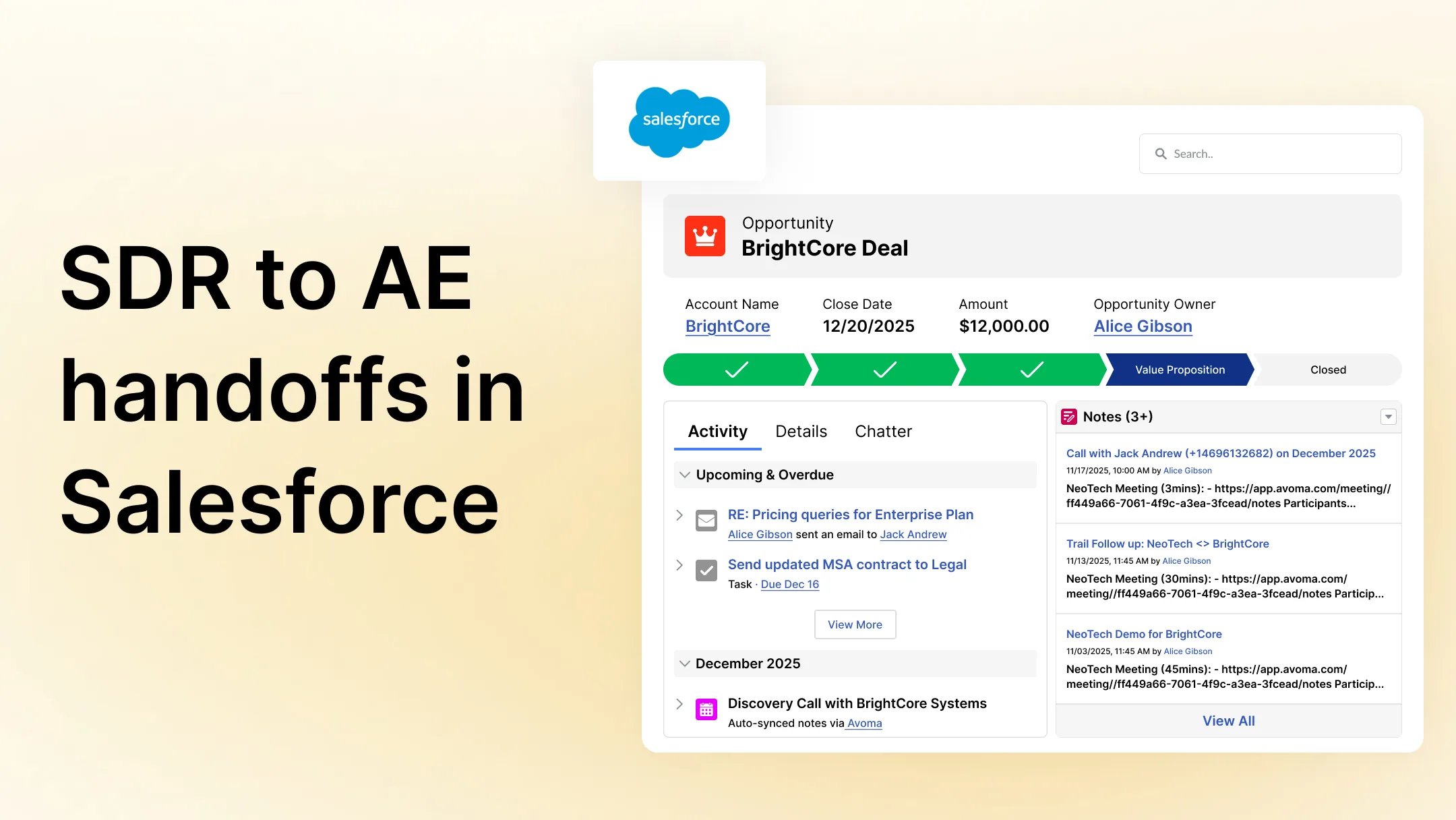How to grow your SaaS without any built-in virality?
Table of Contents:

All SaaS products are built with love—but some of them naturally have more privileges than others. For example, you may say that products like Slack, Dropbox, and Zoom grew exponentially because these companies banked heavily on product-led growth (PLG) strategy. While that's true, these products had another thing going for them—a high level of viral coefficient (K) baked into the products.

What is a virality?
A viral coefficient is an element in a SaaS product that triggers a network effect among its user base, which leads the product to acquire more customers. In plain terms, virality is the average number of net new users brought in by any given user.
Here's the formula that measures it:

While you can argue that any company can decide to choose product-led as their GTM motion, not all businesses have products that have built-in virality in their product. That raises an important question for many SaaS founders—will we ever get to $10 million ARR with a product that has a low viral coefficient?
The short answer is, yes—SaaS products that might not have an inherent virality coefficient can still scale to $10 or $50 million ARR. A more nuanced answer is that it might take longer for you to get there if you don't have a product like Zoom.
And here's why it's completely okay to have a low virality coefficient for your SaaS.
You need your own playbook based on your strengths
Viral growth is aspirational—and can be very tempting for emerging SaaS companies. But every SaaS company can script its own growth playbook for success. What works for one SaaS product doesn't necessarily work for others. And virality is especially tricky to crack because it's like drawing a raffle ticket—your odds of winning are one in a million.
Think about HubSpot for a moment. HubSpot grew to be the decacorn it is today not because of its product's virality but because of its marketing and growth playbook. They were not the first entrant in the marketing automation category (it was Eloqua), but HubSpot had 2 things going for them:
- They educated the world on inbound marketing
- The Agency partnership model was (continues to be) one of their biggest growth drivers
Another brilliant example to look at is—Drift. When I spoke to David Cancel about his approach in the early days at Drift, he said
We started with the idea of wanting to be product-led. It all went well until we were at 250 K with the touchless model, but then we realized we needed to bring in sales experts. And the moment we had our sales motion in place, in about 18 months we rocketed past $10 million in ARR. That helped us realize the power of bringing on sales just at the right time.
David Cancel, CEO, Drift
The key learning for me from that conversation is—instead of being hung up on finding a virality loop, SaaS companies are better off identifying and doubling down on growth channels that work best for them. Some companies make their way to their first $100K ARR by manually prospecting and demoing their solution to their prospects.
Many SaaS businesses invest generously in content marketing, SEO, or ads to reach their revenue goal. Most others get there by leveraging customer retention—by squeezing profits out of a lean but loyal user base.
The bottom line—there's no single path to success in SaaS marketing.
Your growth model needs to evolve continuously
Like all other things in the universe, change is the only constant in SaaS. All SaaS companies share a common north star—i.e., constantly hitting their recurring revenue milestones one after another. For most SaaS companies, things constantly change with the change in user behavior, company growth, product features, etc.
Let's take product-market fit as an example. Product-market fit is an elusive, moving goal post. Your ideal customer profile (ICP) will most likely change when you add new features to your product or start bagging enterprise deals as part of your upmarket movement.

Therefore, growth at an early stage of your business journey can look completely different than growth at a more mature stage. You can't always replicate the growth tactics that worked for you when you are scaling rapidly during your startup days.
While talking about the GTM motion with Sangram Vajre, he said:
Regardless of what kind of SaaS company you are—most SaaS companies that hit a $10 million ARR inadvertently go through the SaaS Valley of Death. It means though you have achieved product-market fit, have a cohort of paying customers contributing to recurring revenue, and also maintain a low churn rate—you have a newer set of scaling challenges as you cross the $10 million ARR range.
Sangram Vajre, Cofounder, Terminus
So even if you have a product with a high virality coefficient, it might not scale beyond the $10 million mark. You will most definitely have to change your tack. You might have to rediscover your PMF, expand target markets, acquire companies, etc.
In fact, Drift and Terminus went through similar cycles.
Terminus went with the acquisition model (acquired companies to expand markets).
On the other hand, Drift expanded their Conversational Marketing category to include Conversation Sales and finally brought both Conversation Sales and Marketing together under the umbrella of RevOps and rebranded itself as a Revenue Acceleration Platform to keep up with its new growth mandates.
If you look at it, it's a bold move on both Terminus and Drift's part to give up its home turf and venture into a new approach—given that most businesses wouldn't want to risk losing the position of being a category leader.
And here’s why virality might not even matter
While it certainly looks like Slack, Zoom, or DropBox achieved success because of having an inherent virality coefficient in their platforms—it was just one of their growth levers. Eventually, when Slack, Zoom, and Dropbox went upmarket, they adopted a product-led and sales-assisted growth model.
But all said, we need to remember that—even in the early stages, most SaaS apps don't really see any material and economic benefits of virality until they have enough customers to take them to the $1m-$2m ARR mark.
And the funny reality is that most of us in SaaS hack our way to $1m ARR using almost the same general sales and marketing playbook, with small variations based on what works in the initial days.
So, if you are in your journey towards $1m, you are just doing two simple things at a strategic level:
- Doubling down on what got you customers (when no one really knows you or heard of you)
- Doing everything in your capacity to keep your first 50 or 100 customers happy.
Then the next growth lever kicks in—referrals. Your first few customers start referring you to their community. It's great—it works because your existing customers are happy with your product.
In fact, at Avoma, we built our referral system due to the referrals coming in from our customers. We wanted to show our customers that we appreciate their help and goodwill.

But again, a referral is going to be a slow growth lever for most companies in B2B. Also, a referral to become a paying customer can take anywhere from 1-5 months on average. So you cannot rely on it to reach $1m ARR and the growth beyond that.
So, obviously, when you are on a 7-10 year journey to $100m in ARR, it might not matter if your product's virality coefficient is low.
If your product has inherent virality—it's great, but remember that it is a growth hack—a shot in the arm to help you achieve goals in the short term. But it can't always be a growth strategy you can bank in the long haul. Think of them like the viral blogs that got you millions of likes and shares—but nobody talks about them anymore.
While the viral coefficient can be a good metric to measure the potential trajectory for growth—it doesn't ensure growth. True, virality does give you brand exposure and shortens your sales processes—but you can't compare the success of a viral campaign to the success of your product. This is true because virality measures the response of new users who are not fully proficient with your product—their reception isn't fully mature to ensure the long-term success of your brand.
So if you are considering scaling your company faster, maybe you should look elsewhere.
ZoomInfo has raced to the top with more than $8.2 billion in valuation, $7 million in funding, and over 7 company acquisitions because it built one of the best B2B database platforms—not because it has a virality component.
ActiveCampaign is continuing its route to hyper growth through a world-class affiliate program that has earned them 145,000 clients across 170 countries and $165 million in recurring revenue (as of 2021).
And going by personal experience, I can tell you with some confidence that—Avoma is on the ascendance without depending on the virality of our platform. For example, our SaaS pricing model has been one of our key growth levers.
Viability is more important than virality
Often, virality is like a big flash in the pan—here today, gone tomorrow. And the candles that burn twice as bright last half as long.
Virality is great under specific circumstances—such as when you have an amazing product that sells for itself or your product demands cross-functional collaboration. Yet, it's a lever with limited time validity.
Outside of these contexts, virality is not always viable. Virality can, in fact, spread you thin and sabotage your growth if you aren't prepared to handle the problems and opportunities it brings to you.
Let's say you have a product that naturally drives virality in the form of new user sign-ups. But if your operational bandwidth isn't strong enough to handle the new influx of customers, it will lead you to all kinds of problems.
Relying on virality means attracting all kinds of users to your product. For niched-down SaaS companies, this opens a can of worms—usually in the form of revenue attribution problems, high churn rate, and so on. In addition, viral growth can exhaust your resources and deprive you of building customer loyalty and improving retention—and growth in SaaS without good retention is nothing.
In fact, we've heard from peers how they couldn't control the influx of non-ICP traffic from an AppSumo campaign, which burnt out the support team and took a toll on the unit economics of their entire business model.
Here's an ad from Adobe Marketing Cloud (which ironically went "viral") that drives this point home light-heartedly.
Going viral cannot be your strategy. Focus on viability more than virality.
Building a viable product lets you handpick customers who fit your ICP criteria and filter out the rest. And, you can't really build a viable product when you have a product that drives anyone and everyone to use your product.
Final thoughts on the virality coefficient
B2B buying cycles are often slow and take a long time to close for a reason—because it takes a great deal of maturity and strategic planning on both sides of the negotiation table. Virality can help you grow in short bursts of time—but it's risky to rely entirely on a growth hack that's unreliable and volatile at best.
If you have a product with a high virality coefficient—congratulations, you have what other SaaS companies can only wish for. But if you have built a SaaS product that doesn't have a viral element—don't sweat it too much. There are plenty of other growth channels that offer scalable opportunities for you to enter the Unicorn club.
Frequently Asked Questions






What's stopping you from turning every conversation into actionable insights?









